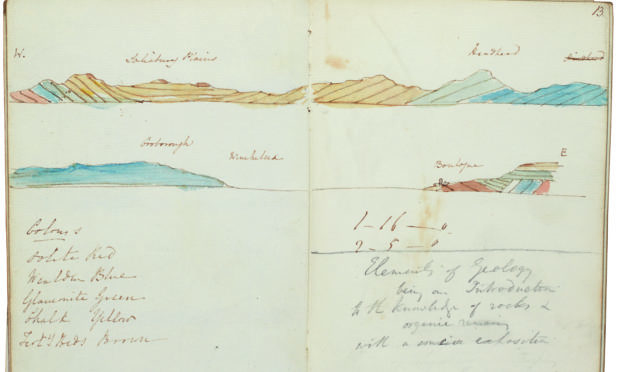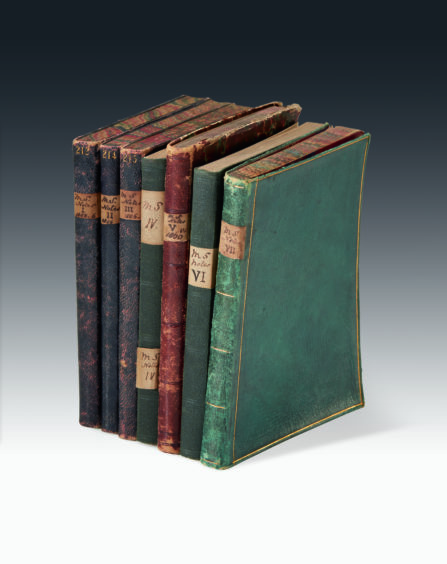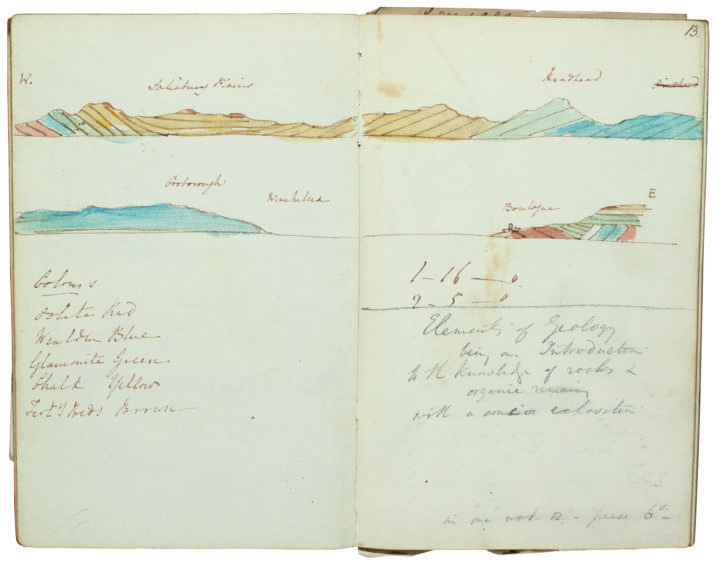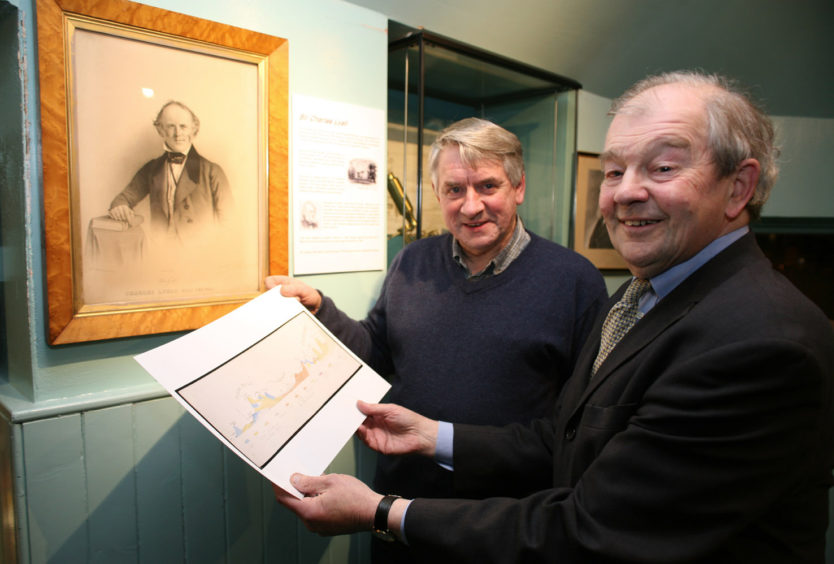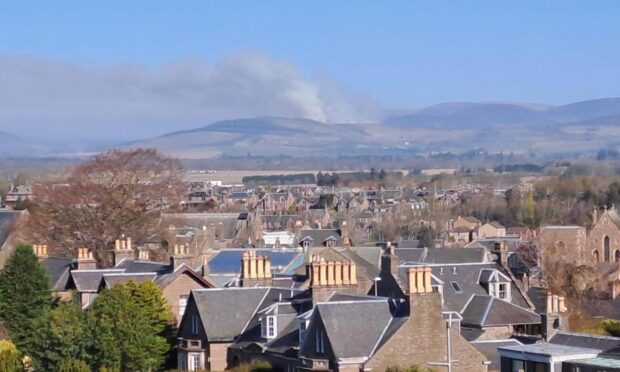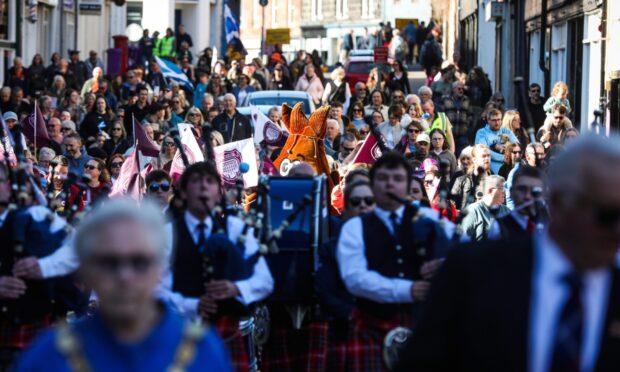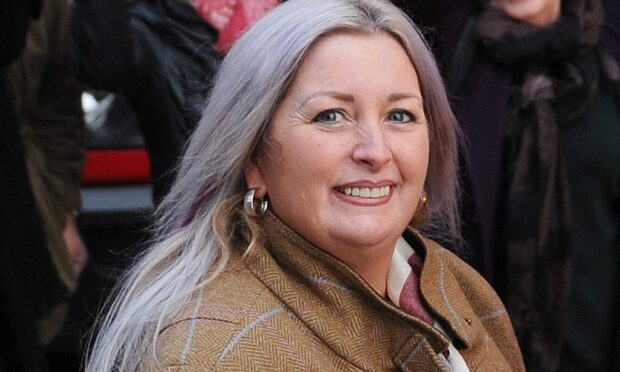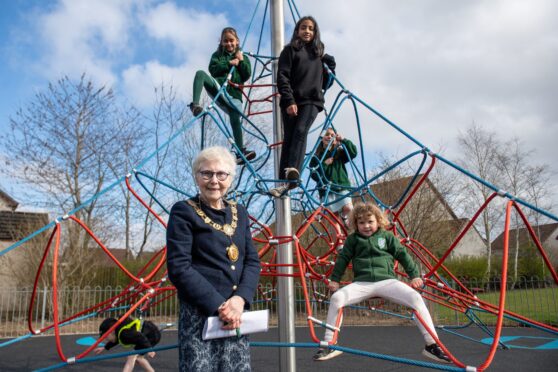The race is on to hit a near £1 million funding target to buy the notebooks of eminent Angus scientist Sir Charles Lyell following an export bar to help keep them in the UK.
Edinburgh University is leading the campaign to secure the collection of the Kirriemuir geologist who mentored On the Origin of Species author Charles Darwin and has been described as Britain’s most significant earth sciences figure of the past two centuries.
The university and more than 800 of its supporters have pledged in excess of £600,000 to the fund to secure the collection of almost 300 notebooks, charting Lyell’s career through notes for his own extensive catalogue of printed work.
The works, currently in private ownership, were subject to a government export bar until July 15 in a bid to keep them in the UK.
The strength of the university’s campaign has led to the bar being extended until mid-October.
A further £336,000 is now needed to save them for the nation.
Lyell, who died in 1875 at the age of 77, mentored Darwin after the latter returned from his five-year voyage on the Beagle in 1836.
The Angus figure, whose family home was at Kinnordy on the edge of Kirriemuir, is credited with providing the framework which helped Darwin develop his evolutionary theories.
Lyell’s notebooks contain copies of correspondence between the two scientists.
Darwin wrote: “The science of geology is enormously indebted to Lyell – more so, as I believe, than to any other man who ever lived.”
Although written in the Victorian era, the works also shed light on current concerns, including climate change and threats to species diversity.
They also explore the meanings of so-called deep time – the concept of geological time first described by the Scottish geologist James Hutton in the 18th century.
If successful, the university will make the collection freely accessible to the wider public.
High profile institutions and individuals have supported the campaign, including the Geological Society of London and three leading science broadcasters and writers – Nicholas Crane, Hermione Cockburn and Richard Fortey.
University of Edinburgh library and collections director, Jeremy Upton said: “The prospect of acquiring and making freely accessible such a fundamentally important archive collection as Sir Charles Lyell’s notebooks is a thrilling one.”
Professor James Secord from the University of Cambridge and Director of the Darwin Correspondence Project said: “The notebooks are key to appreciating his standing as arguably the most significant figure in the earth sciences in Britain in the past two centuries.”
Lyell honoured in Kirriemuir walk of fame
Sir Charles, the 1st Baronet of Kinnordy, was the youngest of ten children born into the wealthy family whose estate sat on the north edge of Kirriemuir.
He was educated at Oxford and pursued a successful law career but, having been elected joint secretary of the Geological Society in 1823, then turned to science.
The first edition of his most famous work, Principles of Geology, was published in 1830 and his studies became the fundamental basis of modern geology.
In 1832, Lyell married Mary Horner, daughter of Heriot Watt University founder Leonard Horner, and the couple travelled widely in Europe and North America.
Another of his works, the Antiquity of Man, examined proofs surrounding the long existence of human beings on the earth.
He was buried in Westminster Abbey following his death in February 1875.
Lyell is one of six sons of Kirriemuir honoured with an engraved flagstone sited in the town’s Cumberland Close, celebrating figures as diverse as mountaineer Sir Hugh Munro, who gave his named to Scots peaks over 3,000 feet, and AC DC frontman Bon Scott.
The Lyell baronetcy became extinct in early 2017 on the passing of Lord Charles Lyell , a former Conservative whip in the House of Lords and a popular figure in many aspects of Angus life.
